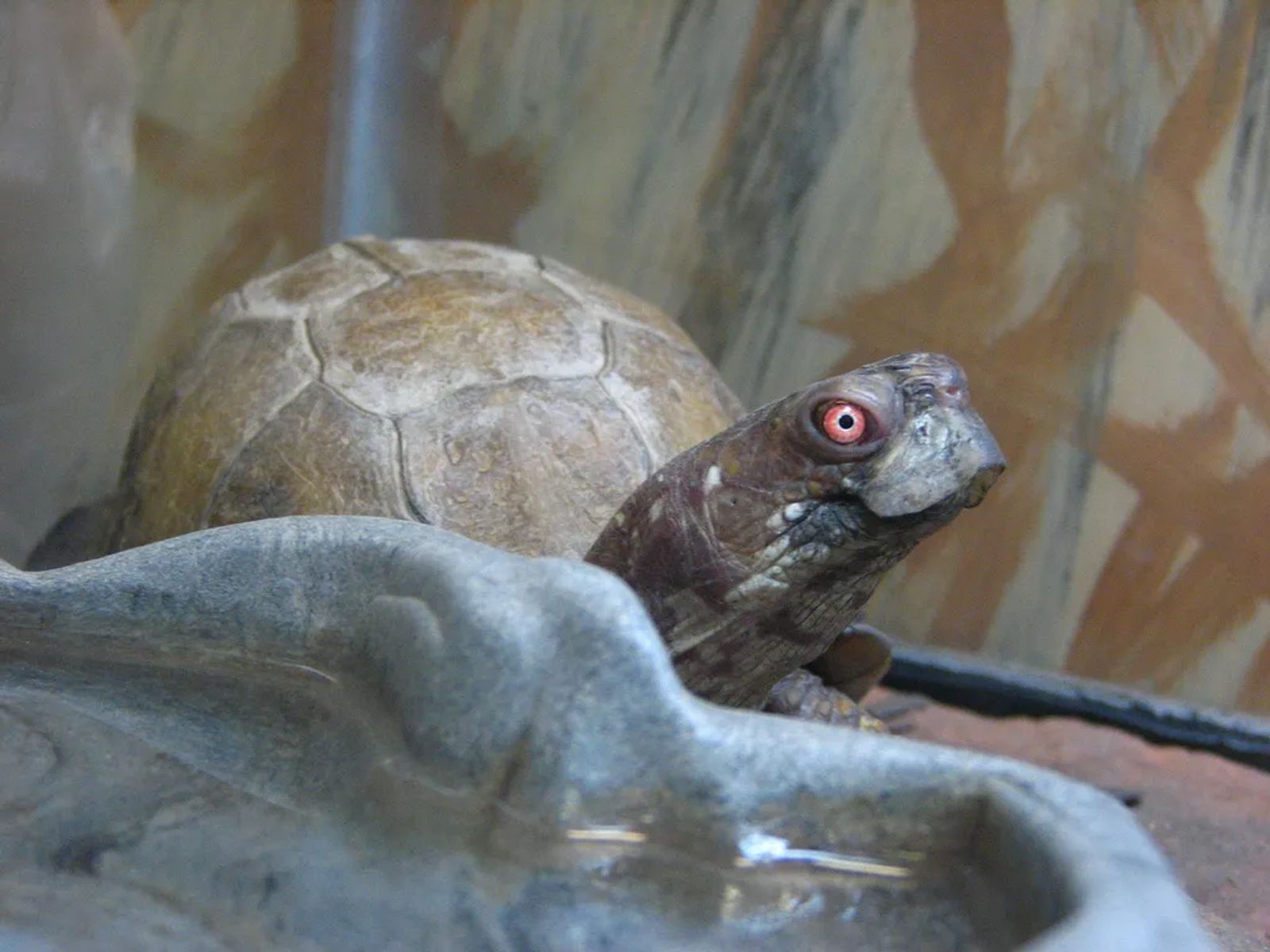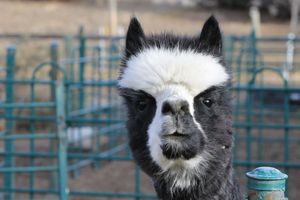
Three Toed Box Turtle
Terrapene carolina triunguis
Three-toed box turtles have earned their name for the three toes on their back feet. These turtles are one of six subspecies of box turtle; four of which are native to the United States and two native to Mexico. The three-toed box turtle can be found in the south-central United States from Missouri (where they are recognized as the state reptile) and Oklahoma, south to Alabama and west into Texas. They are typically an olive-brown color with occasional yellow markings. They are one of the very few species of turtles that, when frightened, can pull their limbs into their shell and can completely seal themselves shut, making it impossible for anything to reach in. Their shell is made up of 60 bones and, if you look closely, you can even see their spine along the middle of their shell . Their shells are a fusion of their ribs and spines, so they are permanently attached to it. Their shells are made of two different materials, the underneath or bottom layers are made up of bone whereas the topmost upper layers are made of keratin, which is the same material that your nails and hair are made from.
Click HERE for a Box Turtle Activity Sheet!
Our Current Residents
Roxy, Female – Hatched in 1994 (estimated and celebrated)
Roxy and Rocket were donated to the Zoo by a private individual in 1999. They are located inside and share a habitat, although there is a divider down the middle of it to separate them. Roxy lives on the right side of the habitat.
Rocket, Male- Hatched in 1994 (estimated and celebrated)
Roxy and Rocket were donated to the Zoo by a private individual in 1999. They are located inside and share a habitat, although there is a divider down the middle of it to separate them. Rocket lives on the left side of the habitat.
You can get to know Roxy and Rocket better and meet them in person through our programs scheduled through the Education Department!
Taxonomy
- Kingdom: Animalia
- Phylum: Chordata
- Class: Reptilia
- Order: Testudines
- Family: Emydidae
- Genus: Terrapene
- Species: Terrapene carolina triunguis
Animal Facts
Omnivores: mainly eat plant matter, insects, and small animals like frogs, lizards, etc.
Population Status: currently listed as Vulnerable
Habitat: a combination of wooded and grassy area
Activity: diurnal- mainly active during the day

















































